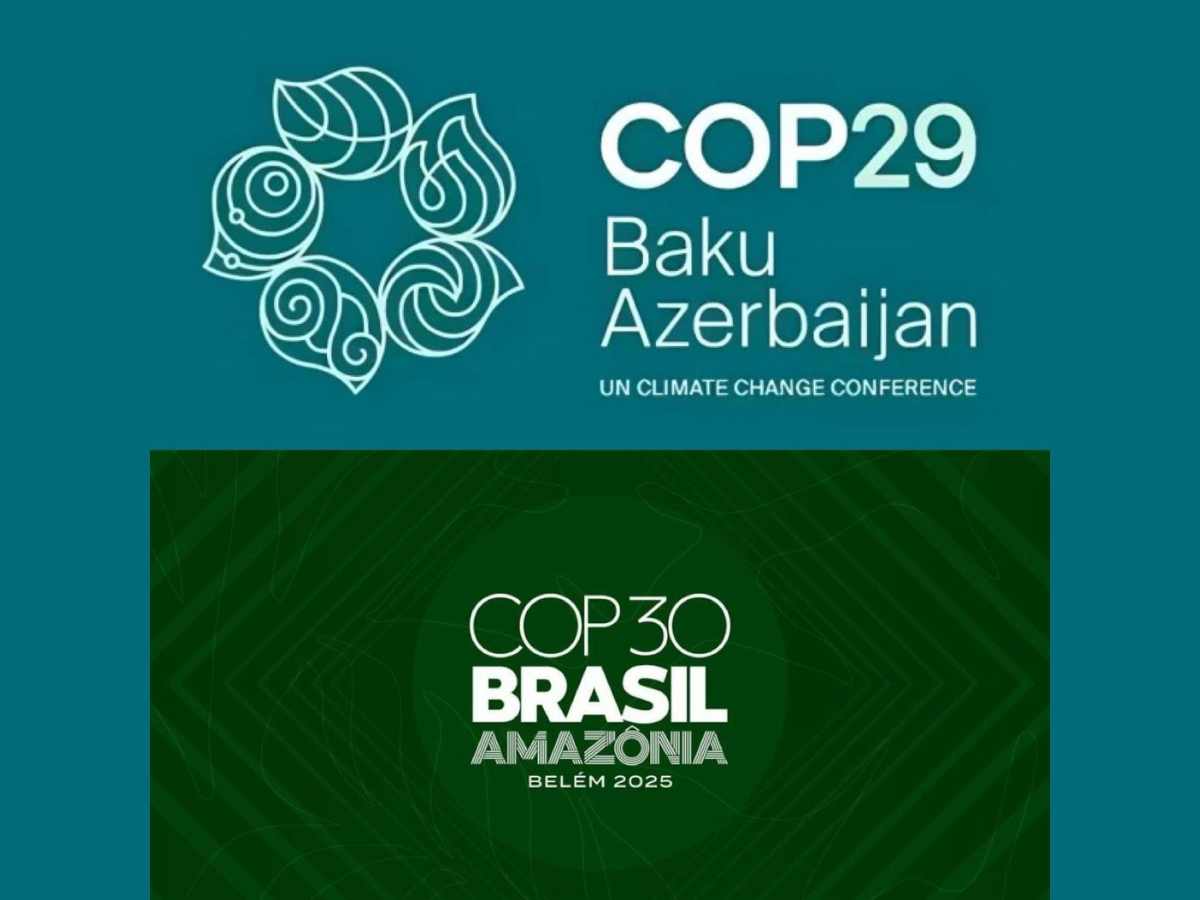BAKU, Azerbaijan, November 23. The COP summits, held consecutively at a critical stage of global climate processes, are one of the most important diplomatic platforms that determine the future of humanity. However, the significant differences that emerged between COP29 and COP30 clearly show the direction in which climate diplomacy is heading, the dynamics of international trust changing, and the vulnerability of the processes. A comparison of these two events, especially against the background of the great successes of Baku COP29, allows to better understand the challenges of COP30, held in Belem, and the current shortcomings in global climate governance.

The main reason why COP29 was considered a "symbol of success" in
the international community was its organizational, diplomatic and
result-oriented model. The agreement in Baku on a number of
critical issues that had been awaited for a decade gave new
dynamism to the global climate agenda. The full agreement on the
sixth article of the Paris Agreement, the operationalization of
highly integrated global carbon markets, the institutionalization
of loss and damage mechanisms, and the setting of a record
financial target for the green economy are considered a turning
point not only for Azerbaijan, but for humanity as a whole.
Moreover, the smooth organization of COP29 in terms of security, logistics and diplomatic inclusiveness further strengthened international trust. While previous COPs held in different countries of the world were marked by protests, security problems, and chaotic logistics incidents, the Baku summit ended without any serious misunderstandings. This once again proved that Azerbaijan is a reliable host for global events.
This year's COP30 event held in Belem, Brazil, was remembered with problems.

Serious organizational shortcomings, high hotel prices, infrastructure deficiencies, and a fire-related security incident significantly slowed down the pace of the summit. In particular, the freeze in financial negotiations and the lack of progress in implementing the annual climate finance target of at least $300 billion set at COP29 were one of the biggest blows to COP30.
On the other hand, the failure of many countries to submit new
national climate commitments both narrowed the possibilities for
diplomatic compromise and kept the negotiations in limbo. This
shows that COP30 faced both organizational and political
coordination problems.
This difference has several main reasons. Baku set an example with
logistics, security, and infrastructure reliability, while Belem
struggled with even basic organizational issues. As a result of
long-term diplomatic work, Azerbaijan managed to agree on complex
issues, while Brazil showed significant gaps in creating a
consensus reality. COP29 specified financial guarantees, while
COP30 was deadlocked over the question of "by what mechanisms this
guarantee will be implemented". COP29 motivated countries to take
new steps, while COP30 failed to ensure the sustainability of this
motivation.
While COP29 strengthened trust between countries, COP30 showed how difficult it's to maintain this trust. This also proves that climate diplomacy is measured not only by the number of decisions, but also by the conditions created for their implementation. The trials experienced by COP30 show that if the solid foundation established at COP29 isn't reinforced with real mechanisms, the sustainability of the achievements may face risk.
COP29 went down in history as a pinnacle in global climate relations. Meanwhile, COP30 raises questions in the international community against the backdrop of successive logistical, financial and coordination problems. The dramatic difference between these two events once again shows that successful climate diplomacy is possible not only through political will and ambition, but also through professional organization, inclusiveness, and the establishment of a unified coordination environment.







